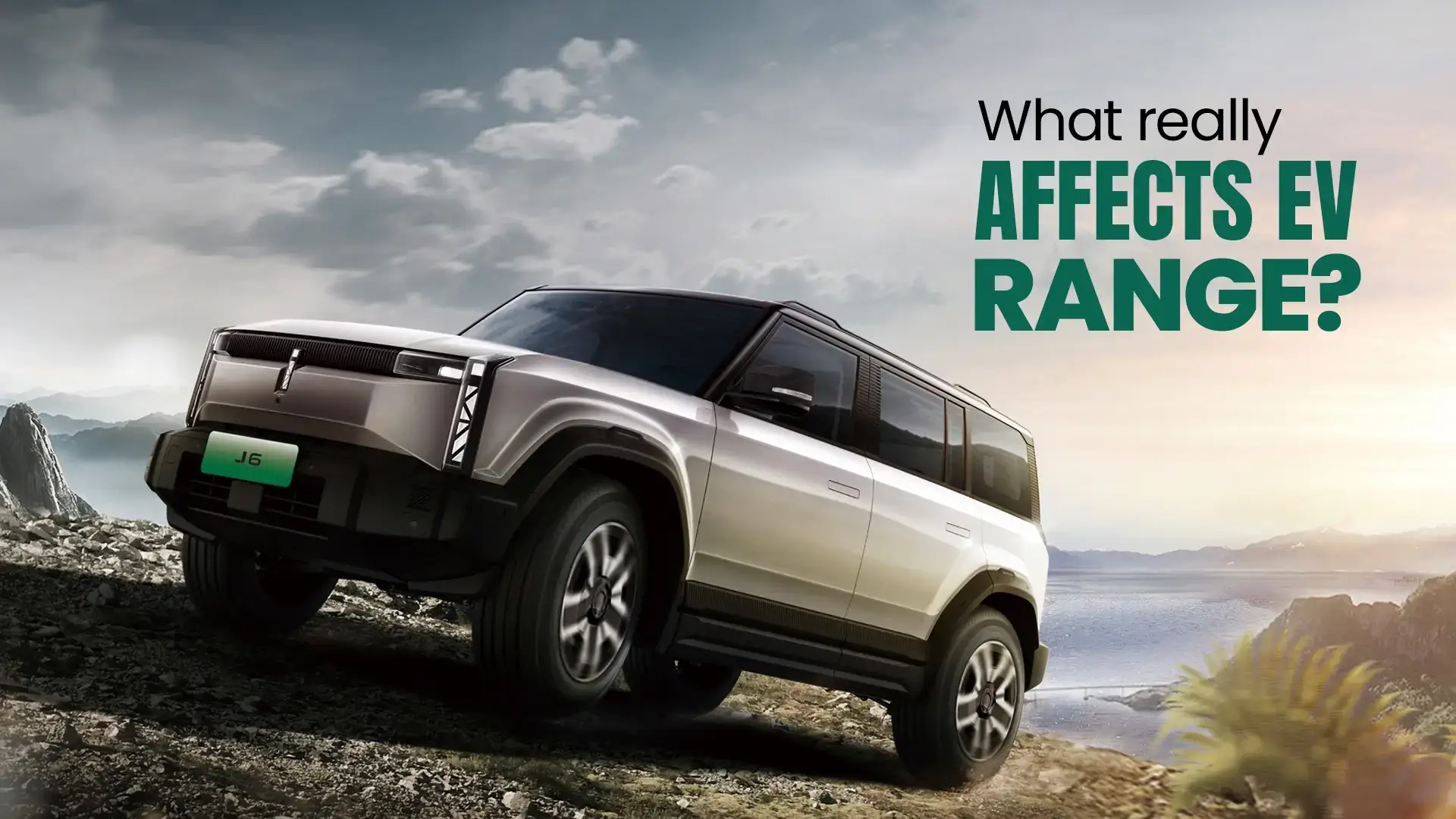Introduction to EV and its adoption in Nepal
The electric vehicle (EV) industry in Nepal is witnessing rapid growth, driven by increasing environmental awareness and advancements in green technology. As Nepal’s automotive sector moves towards electrification, understanding the factors that impact an EV’s range is crucial for both manufacturers and drivers.
The range of an EV refers to the distance it can travel on a single charge, and several factors can influence this performance. We will explore these factors in detail to help EV owners make the most of their vehicles’ capabilities.
Why is Understanding Your EV Range Important?
Understanding your EV’s range is essential for effective planning and reducing range anxiety—the fear of running out of power before reaching a charging station. For daily commuting and long-distance travel, drivers need to consider the range of their vehicles, along with the various factors that could impact them. Optimizing these factors can help drivers get the most out of their EVs, ensuring both efficiency and longevity.
Factors That Affect Your EV Range
Here are some major factors that affect your EV range:
Technical Factors
- Battery Size: The size and capacity of the battery are the primary determinants of the electric vehicle’s range. Larger batteries can store more energy, allowing the vehicle to travel farther on a single charge. However, larger batteries also come with added weight, which can reduce the overall range.
- Technical Specifications and Design: The overall design of the vehicle, including its weight, aerodynamics, and motor efficiency, directly impacts the range. Vehicles designed with energy efficiency in mind, such as streamlined shapes and lightweight materials, tend to perform better in terms of range.
- KERS (Kinetic Energy Recovery System): Some EVs are equipped with KERS, which helps recover energy during braking and deceleration. This system converts the kinetic energy produced during braking into electrical energy, which is stored in the battery and extends the vehicle’s range.
Driving Habits Factors
- Aggressive Driving vs. Smooth Driving: Speeding, rapid acceleration, and hand braking can quickly drain an EV’s battery. On the other hand, smooth driving with gentle acceleration and braking can help conserve energy, extending the range. Proper driving methods make a long run of EV range give much potential.
- Regenerative Braking and Energy Conservation: EVs with regenerative braking systems allow drivers to recapture energy while slowing down. By using regenerative braking effectively, drivers can improve their vehicle’s range without needing additional energy from the battery.
- Charging Habits: Frequent partial charging can sometimes help maintain the health of an EV’s battery compared to full charges or complete discharges. Ensuring the battery is charged optimally and consistently can prevent degradation, which can affect range over time.
Natural Factors
- Geography: The terrain on which an EV is driven significantly impacts its range. Driving uphill consumes more energy than driving on flat roads, while downhill driving can benefit from regenerative braking and conserve energy. Differences in geography, mostly during long trips, can affect the range.
- Weather Conditions: Extreme temperatures, both hot and cold, can affect battery efficiency. Cold weather can reduce the battery’s capacity, limiting the vehicle’s range, while hot weather can strain the cooling systems and decrease performance. Additionally, using climate control systems like cabin heating and air conditioning in these conditions can further drain the battery, reducing range even more.
Other Factors
- Vehicle Load and Cargo Weight: The heavier the load, the more energy the vehicle needs to move. Carrying extra weight, whether from cargo or passengers, requires your EV to use more energy, reducing its range. To optimize efficiency, minimize unnecessary load, especially on long trips or in stop-and-go traffic, where the impact is more noticeable.
- Tire Pressure and Vehicle Maintenance: Under-inflated tires create more rolling resistance, causing the EV to work harder and consume more energy. Regular maintenance, including checking tire pressure, fluid levels, and the condition of the battery, keeps your vehicle running efficiently and can help improve range.
How to Maximize Electric Car Range?
Here are some strategies to maximize EV range:
- Vehicle Preconditioning: Precondition your EV while it’s still plugged in to optimize the cabin temperature without using battery power. This can help maximize range, especially during extreme weather conditions.
- Regenerative Braking: Use regenerative braking wherever possible to recapture energy while slowing down. This can help extend the range without needing to draw more power from the battery.
- Routine Maintenance: Regular vehicle maintenance, including tire pressure checks, fluid level monitoring, and software updates, can ensure your EV is running at peak efficiency.
- Choosing the Right Vehicle: Make sure to choose an EV that suits your driving needs. For daily commutes or long-distance travel, selecting a vehicle with an appropriate battery capacity and technical specifications is important for maximizing range.
Conclusion
Electric vehicles represent the future of sustainable transportation. To get the most out of an electric vehicle, it’s important to consider all the factors influencing its range, from technical specifications and driving habits to weather conditions and maintenance practices. By understanding and optimizing energy conservation techniques, EV drivers can reduce range anxiety and ensure a smoother, more efficient, eco-friendly driving experience.
